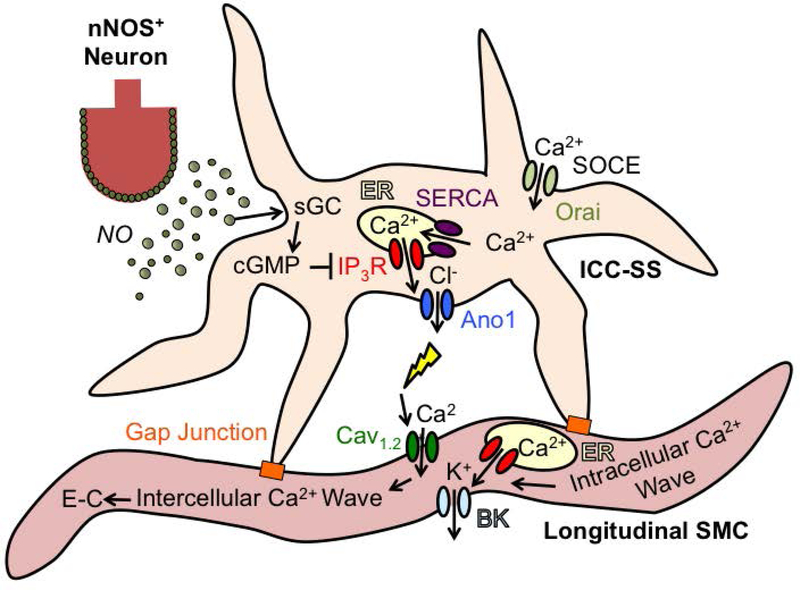Fig. 20: Proposed regulatory influence of ICC-SS on longitudinal muscle excitability.
Colonic ICC-SS fire Ca2+ transients from ER stores via IP3Rs. Maintaining Ca2+ transients requires ER refilling by SOCE (via Orai channels) and SERCA. Ca2+ release activates Ano1 and Cl− efflux, leading to ICC-SS depolarization. Depolarization is conducted to LSMCs via gap junctions and increases the open probability of voltage-dependent Cav1.2 channels, leading to action potentials, Ca2+ influx and rapidly propagating Ca2+ waves and excitation-contraction coupling (EC) in LSMC bundles. NO released from nNOS+ enteric inhibitory motor neurons modulates the activity of ICC-SS and LSMC by activating sGC and inhibiting Ca2+ release in ICC-SS. LSMC also fire intracellular Ca2+ waves that are not affected by Ano1 and Cav1.2 channels and are not linked to E-C coupling. These likely represent Ca2+ signals that activate large K+ channels (BK) in SMCs that serve to maintain negative resting potentials in LSMCs.

